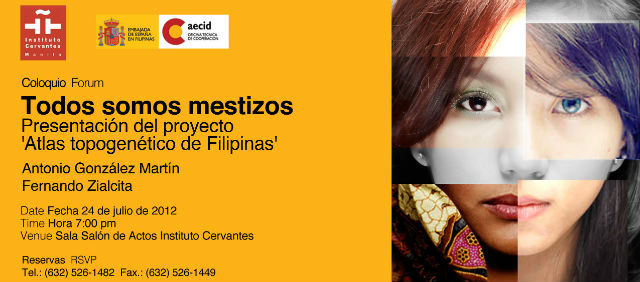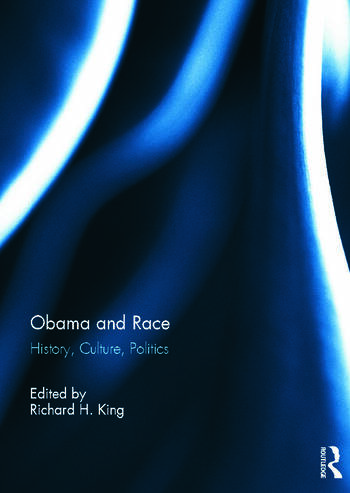Obama is a Descendant of Nefertiti & Confucius TooPosted in Anthropology, Articles, Barack Obama, History, Media Archive, Slavery, United States on 2012-08-01 22:11Z by Steven |
Obama is a Descendant of Nefertiti & Confucius Too
Dominion of New York
2012-07-31
Alondra Nelson, Associate Professor of Sociology
Columbia University
There was breaking news yesterday in the lively world of presidential genealogy. Barack Obama–who is regarded as an inauthentic African-American by some because his late mother, Stanley Anne Dunham, was a white woman and his father’s ancestry traced to Kenya rather than Kentucky or the Carolinas–was suggested to be descended on his maternal side from John Punch, a black man.
Researchers at Ancestry.com, the online root-seeking company, derived Obama’s relationship to Punch using a combination of standard genealogical research and Y-chromosome genetic analysis. (Y-DNA is passed essentially unchanged from fathers to sons to grandsons to great-grandsons, etc.) The timing of this announcement could not be better for the Provo, Utah company that just reported booming fourth quarter profits and is rumored to be seeking a buyer.
An indentured servant in 17th century Virginia, Punch would earn the lamentable designation of “the first documented African enslaved for life in American history” when he was reduced to chattel as punishment for his attempt to escape servitude. Punch, like Obama the elder, was an African; tragically, what makes Punch “African-American” is his slave status. With rebellious, freedom-loving roots firmly planted in the New World, our nation’s first president of African descent —Punch’s 11th great grandson–may just be “black enough” after all…
…We have a high threshold for political gossip and, in the digital age, genealogy is a fast fad that shows no sign of passing out of vogue. But the primary reason these ancestry stories entrance us is because they bring us face-to-face with our national fascination with and anxieties about racial miscegenation. Take, for example, the minor controversy over Rachel L. Swarns recently published American Tapestry: The Story of the Black, White and Multicultural Ancestors of Michelle Obama. Megan Smolenyak, the prominent genealogist who conducted the research for Swarns’ widely-read 2007 co-authored article that revealed Michelle Obama’s white slavery-era ancestors, critiqued it in the Huffington Post. Smolenyak was stunned that:
the maternal half of the first lady’s family tree — her mother Marian (Shields) Robinson’s side [was] overlooked. Though Michelle Obama has classic Great Migration roots winding their way back to at least eleven states, southern Virginia — and especially Henry and Pittsylvania counties — can claim more of her heritage than any other location. Fully a quarter of her ancestry traces to this area on the North Carolina border, but inexplicably, it’s this portion of her family tree that’s given short-shrift.
Smolenyak further complained that “the ‘revelation’ of the white ancestor via DNA testing” wasn’t unexpected; “the only true surprise in the book” she concluded, was “the absence of over a third of Mrs. Obama’s known ancestors.”…
Read the entire article here.



